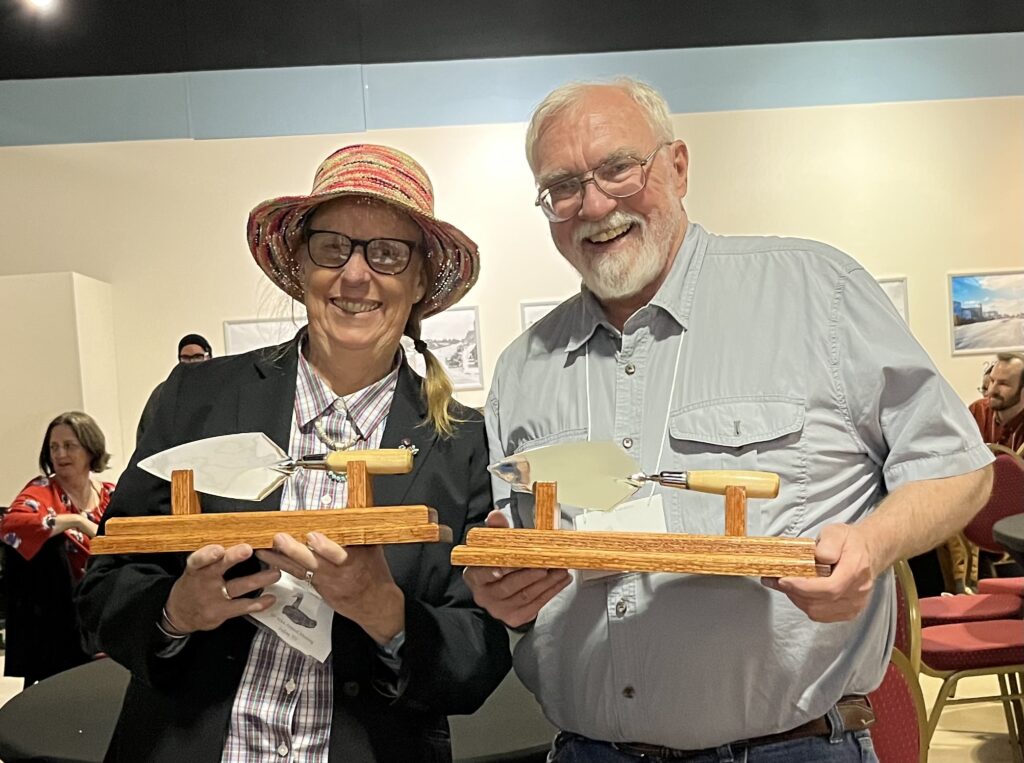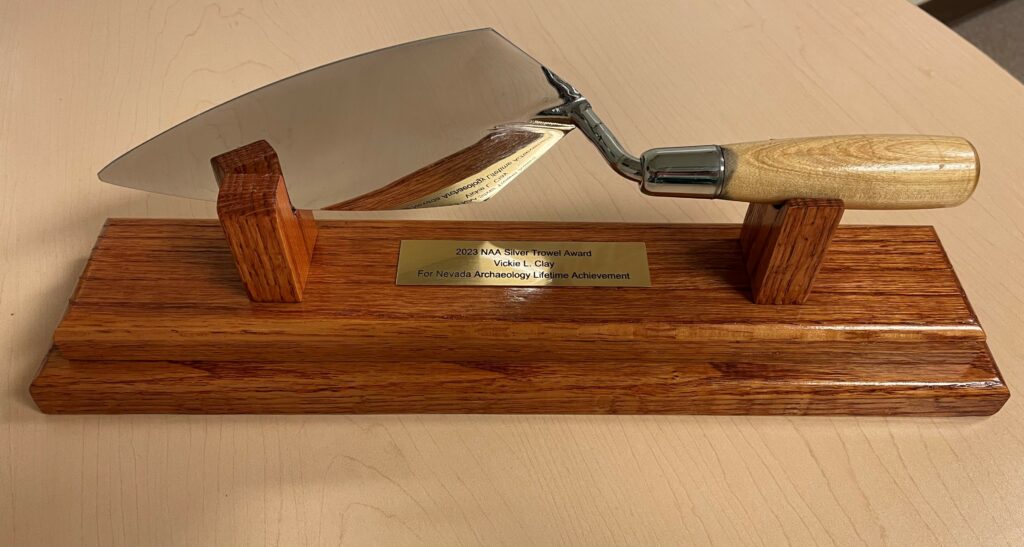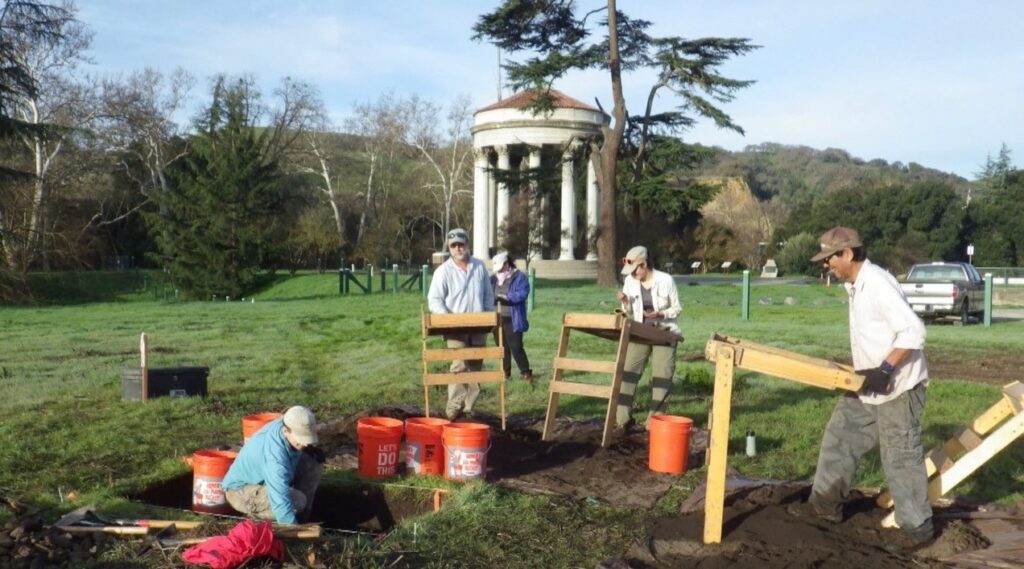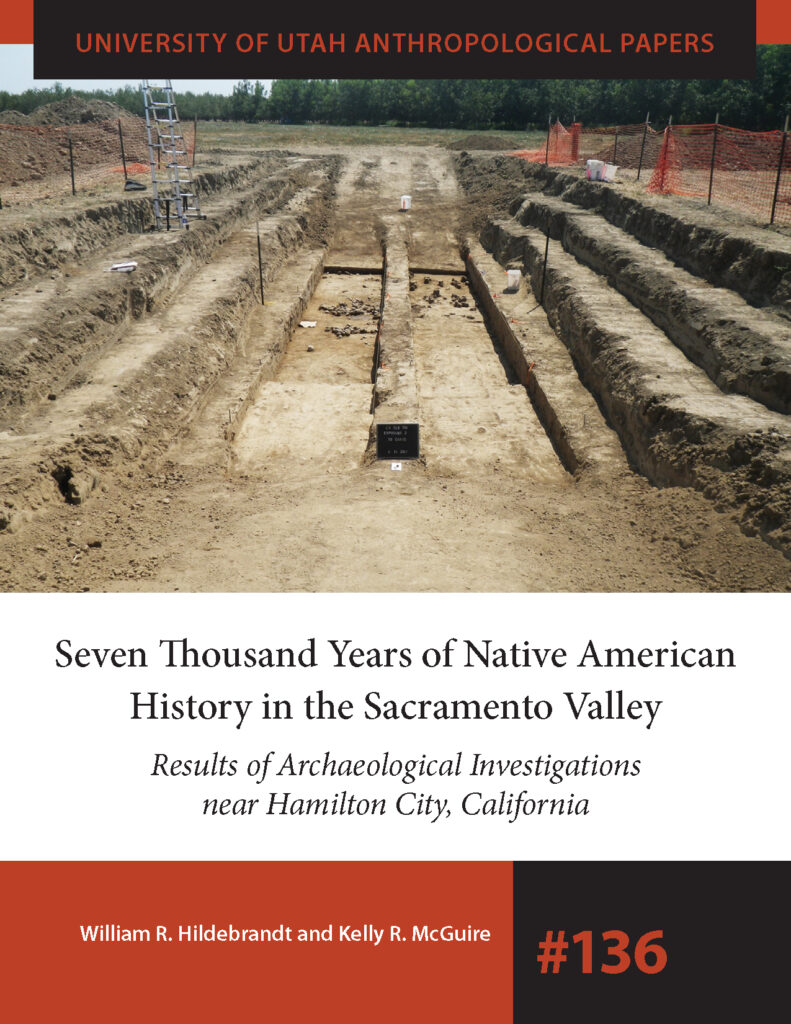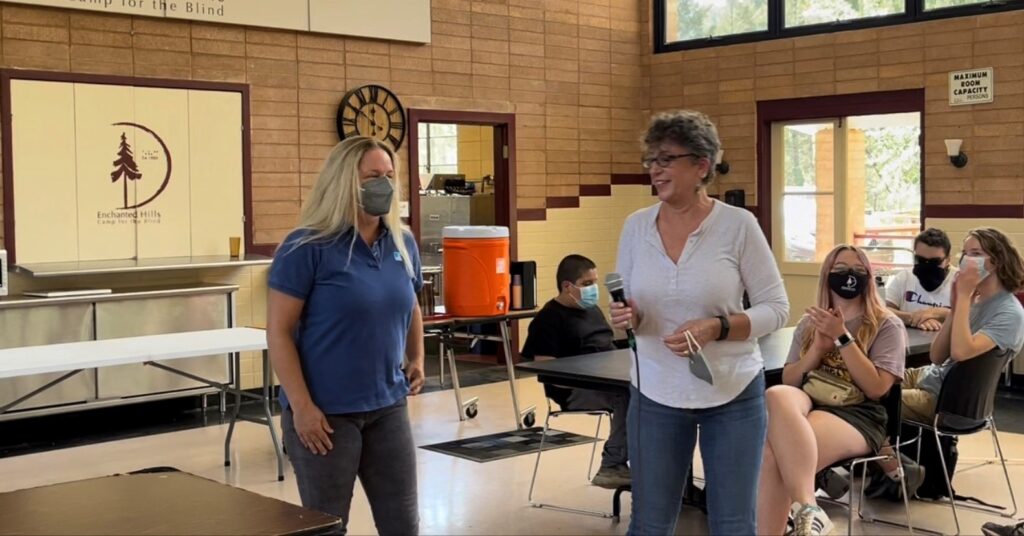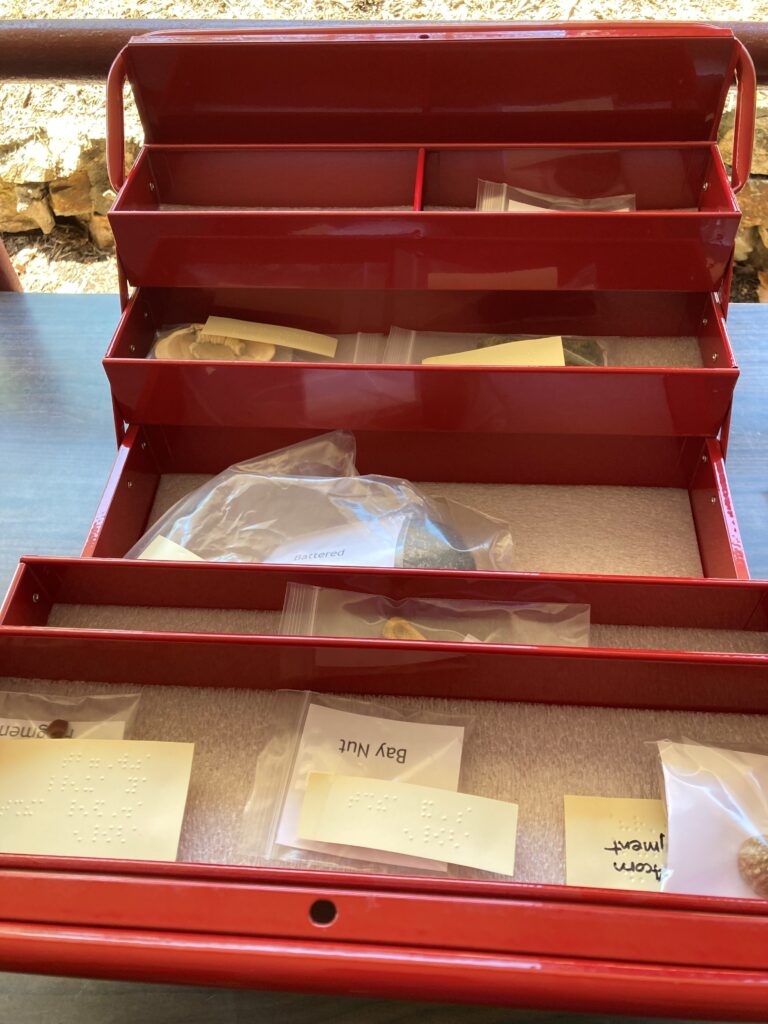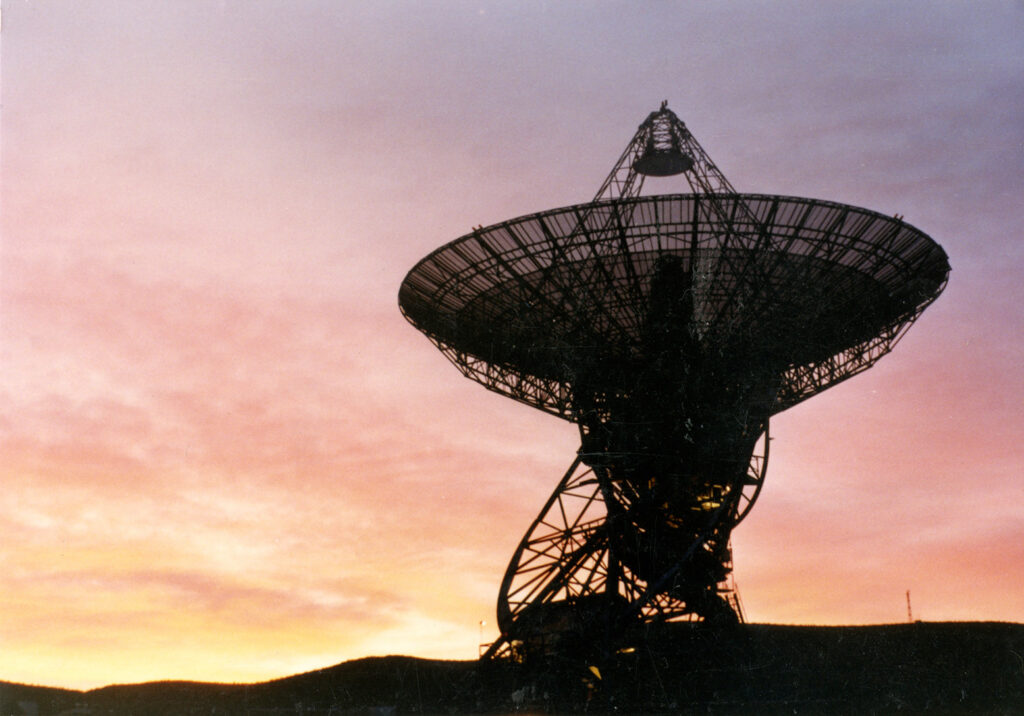
In his recent publication, one of Far Western’s founders, Kelly McGuire, reminds us of why we all love to do what we do. This thought-provoking essay explores the intersections of time, landscape, and humanity while broadening readers’ understanding of what life as a field archaeologist is like.
This literary non-fiction essay recounts McGuire’s experiences as part of an archaeological crew stationed near Pioneer Deep Space Station in the Mohave Desert and more recent work at the trackway site on a playa near Great Salt Lake. The passage captures McGuire’s profound connection to the past, the landscape, and the cosmos, intertwining themes of archaeology, space exploration, and the human experience. At Pioneer, the crew explored the abandoned station, climbing the gantry and reflecting on the site’s history while they conduct archaeological surveys on the ancient bed of a long-extinct lake, uncovering artifacts from PaleoIndigenous settlements. Later, at Great Salt Lake, they excavate a hearth site, uncovering artifacts and human footprints dating back over 12,000 years.
Take a look https://www.terrain.org/2024/nonfiction/deep-space-station/
Terrain.org is the world’s first place-based online journal. Founded on a vision of marrying literary work—poetry, creative nonfiction, and fiction—with articles and community case studies.

